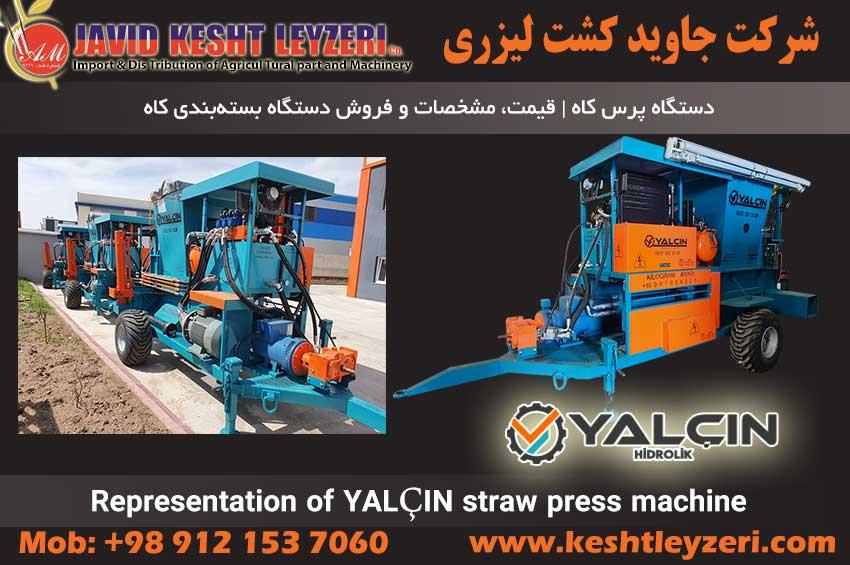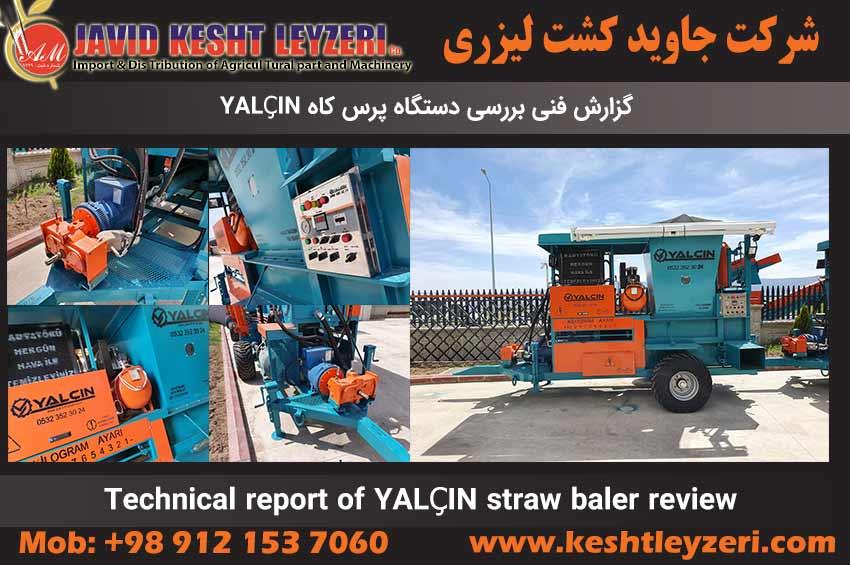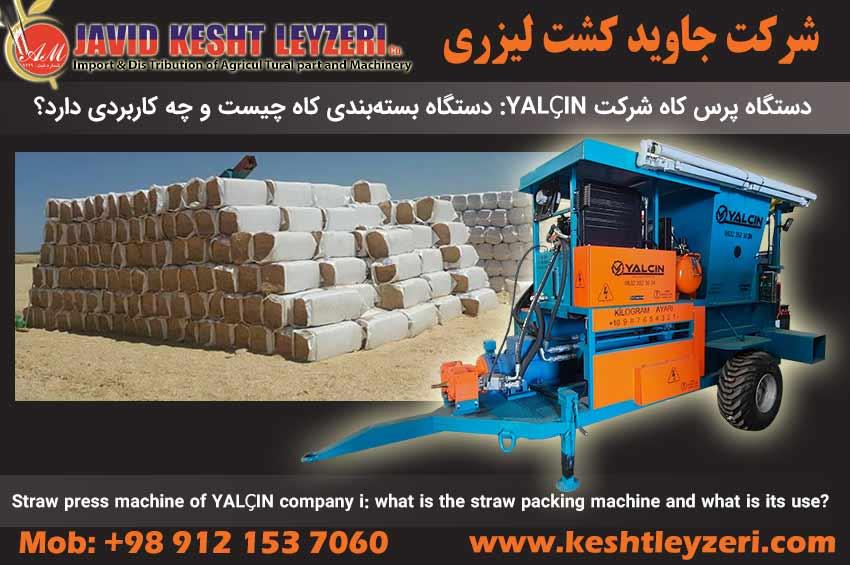
Harvesting with a combine harvester
Javid Kesht Leyzeri Co.Ltd (Mardani Trading)
A skilled driver, in addition to knowing how the various parts of the combine and its settings work, must be able to apply his knowledge during harvesting and harvest with minimal grain losses. In this regard, it is important to pay attention to several points:
Harvesting method: Harvesting starts from the outside of the farm and continues in a clockwise direction until the harvest is finished.
Harvesting time: it is different from the driver's point of view and it depends on the type of moisture of the product. Generally, harvesting is not done when the relative humidity of the environment is high and also very early in the morning (the presence of dew on the clusters), because the presence of dust on the product with dew water, a moist layer in the inner parts, especially on It forms a thresher on the bottom of the threshing cylinder, which causes the openings to close.
The moisture content of the seeds at the time of harvest: for wheat below 14% and corn between 20 and 30% results in the highest efficiency.
Appropriate forward speed: forward speed is considered one of the most important effective factors in harvesting correctly with a combine. This speed is determined by considering the performance of the product and the capacity of the combine. If the product performance is at a high level, the forward speed should be reduced so that all parts of the combine work properly. Also, the forward speed depends on the capacity of the crushing and cleaning part of the combine. If the speed is more than normal, the combine cannot perform the action of crushing and separating the product well, and the grain loss increases.
Attention to the field capacity of the combine: it varies according to the speed and width of the cutting unit.
Usually, 75% of the time is considered as production time (production efficiency) and the remaining 25% of the time is spent on refueling, lubrication, machine adjustments, emptying the tank, making the last rounds of the farm, removing clogging in the machine and the need for repairs.
The wasted time is 25% of the average time and can be changed according to the farm plan, machine settings, precautionary repairs and the driver's skill, which can be estimated more or less.
The steps of harvesting with a combine harvester:
1- Make visits before turning on the combine.
2- Make the initial settings of the machine according to the farm conditions.
3-Turn on the combine and let it work for about 10 minutes before starting the operation, so that if there is a problem, it can be fixed before starting the operation.
4- By choosing the right speed, harvest about 20 meters.
5- Stop and turn off the combine and get off it and check the product loss and its causes according to the diagrams in the accompanying student book and correct the settings of the combine if necessary.
It is recommended to correct the speed of the thresher by increasing and decreasing its rotational speed, up to twice, each time by 5% of the speed of the threshing cylinder. If a result is not achieved with the above changes, i.e. up to 10%, continue correcting the threshing unit by increasing and decreasing the distance between the cylinder and the under cylinder of the threshing machine until the desired result is obtained and the defect is fixed. If you do not get the desired result with this work, you should increase and decrease the speed of the combine.
Safety tips when working with the combine:
When working with the combine, only the driver should sit in a special place.
When leaving the combine, you must always pull the handbrake.
Cleaning, lubrication and adjustment should only be done when the engine is off.
Filling the radiator is allowed only when the engine is off, it is better to wait 1 or 2 minutes before opening the radiator.
Avoid smoking or using open flames while refueling.
A fire extinguisher should always be available.
Worn belts should be replaced immediately before they tear.
The driver's clothing should be relatively tight and fitted with a belt, never wear a loose coat, apron or overcoat because there is a risk that these clothes will get stuck on the moving parts of the machine.
The gear lever must always be in neutral before restarting the engine.
Use warning signs when starting the engine.
The driver's seat must be free of tools and other useless parts.
All protective devices must be intact and properly installed in place.
Make sure that the brakes are always properly adjusted.
When moving downhill, the gear lever should not be in the open position.
A first aid kit should always be ready for accidental cases.
Special care is required when working on steep slopes because there is a risk of overturning while crossing streams.
Never clean the blades from possible jams before turning off the engine.
Local driving regulations should be observed when driving on public roads.






